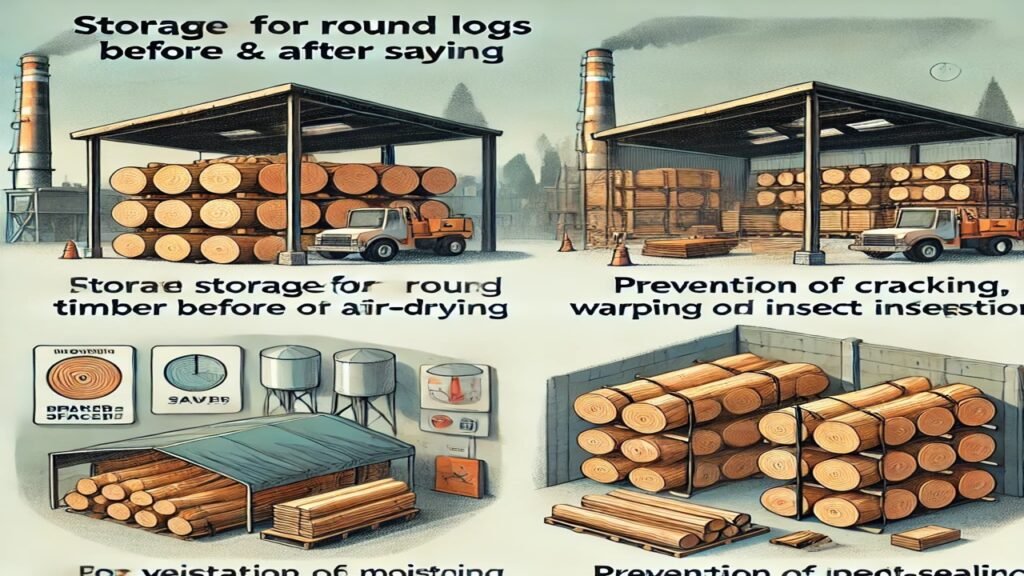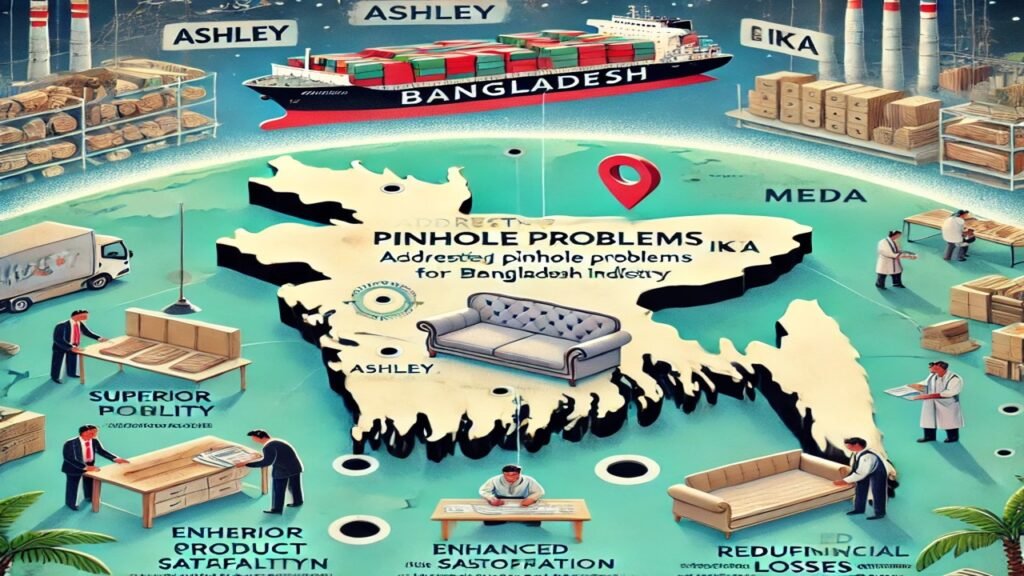When it comes to selecting the right table top material for your home or office, you have an array of options to choose from. Among the most popular choices are tempered glass, wood, and metal, each offering unique aesthetics, functionality, and durability.
Deciding which material is best for your needs can be a challenging task, as each has its own set of advantages and disadvantages. In this article, we will compare the various aspects of tempered glass for table top use with other popular materials, such as wood and metal, to help you make an informed decision.
Comparing the Durability and Safety of Tempered Glass, Wood, and Metal
Tempered Glass
Tempered glass, also known as safety glass, is made by heating and rapidly cooling the glass, resulting in a stronger and more durable material. This process makes the glass several times stronger than regular glass, allowing it to withstand greater force and pressure. In the event of breakage, tempered glass shatters into small, relatively harmless pieces, reducing the risk of injury.
On the other hand, tempered glass is not scratch-resistant, and its surface may become damaged over time. Additionally, while it can withstand heat and pressure, it may crack or shatter when exposed to extreme temperatures or sudden temperature changes.
Wood
Wood is a traditional choice for table tops due to its natural beauty and warmth. It is a versatile material that can be stained, painted, or varnished to suit various styles and preferences. Solid wood table tops are generally durable and can last for many years with proper care and maintenance. However, they are susceptible to scratches, dents, and water damage, which may require refinishing or repair over time.
Wooden table tops made from engineered wood products, such as plywood or particleboard, are often more affordable and lighter in weight than solid wood. However, they may not offer the same level of durability and are more vulnerable to damage from moisture and humidity.
Metal
Metal table tops, typically made from stainless steel, aluminum, or iron, offer a modern and industrial aesthetic. They are highly durable, resistant to scratches, heat, and moisture, and are relatively low-maintenance. However, they may be prone to denting and may not offer the same level of comfort and warmth as wood or glass table tops.
When considering safety, metal table tops with smooth, rounded edges are a better choice, as sharp corners and edges may pose a risk of injury. Additionally, some metals may corrode or rust over time, particularly in outdoor settings, which may require additional maintenance.
Examining the Aesthetic Appeal and Design Options of Glass vs. Other Materials
Tempered Glass
Tempered glass table tops provide a sleek, modern, and minimalist aesthetic that can complement a wide range of interior design styles. They can create a sense of openness and space in smaller rooms, as their transparent nature does not obstruct the view. Tempered glass is available in various thicknesses, tints, and edge finishes, allowing for customization to suit individual preferences and design requirements.
Wood
Wooden table tops offer a timeless and versatile aesthetic that can be adapted to suit various styles, from rustic to contemporary. The natural grains and patterns of wood can add warmth and character to a space, creating a welcoming ambiance. Wood can be stained, painted, or varnished in a range of colors and finishes, providing endless design possibilities.
Metal
Metal table tops offer a modern, industrial, and urban aesthetic that can add an edgy and stylish touch to a space. They are available in various finishes, such as brushed, polished, or powder-coated, allowing for customization to suit individual preferences and design requirements. Metal table tops can also be combined with other materials, such as wood or glass, to create unique and visually appealing designs.
Considering the Environmental Impact and Sustainability of Different Materials
Tempered Glass
Tempered glass is made from abundant natural resources, such as sand and soda ash. However, the manufacturing process requires large amounts of energy and releases greenhouse gases, contributing to climate change. Additionally, tempered glass is not easily recyclable, as the process of separating the glass from other materials is difficult and labor-intensive.
Wood
Wood is a renewable and biodegradable material, making it a more environmentally friendly choice than non-renewable resources such as metals and plastics. However, the environmental impact of wood table tops depends on various factors, including the type of wood used, the forest management practices, and the distance the wood has been transported. Opting for sustainably sourced wood, such as reclaimed wood or wood certified by the Forest Stewardship Council (FSC), can help minimize the environmental footprint.
Metal
Metal table tops are made from non-renewable resources, and their production requires significant amounts of energy, contributing to greenhouse gas emissions. However, metals such as aluminum and steel are highly recyclable and can be repeatedly recycled without losing their quality, reducing their overall environmental impact. Opting for recycled metal materials can help minimize the environmental footprint.
Conclusion
In conclusion, each table top material offers unique advantages and disadvantages in terms of durability, safety, cost, longevity, aesthetic appeal, design options, and environmental impact. Tempered glass provides a sleek and modern aesthetic with increased safety features, but may be prone to scratches and breakage under extreme conditions. Wood offers timeless appeal and warmth, but requires regular maintenance and protection from damage. Metal provides a durable and low-maintenance option with an industrial aesthetic but may lack the comfort and warmth of other materials. Ultimately, the choice of table top material will depend on your individual preferences, design requirements, and budget.
Michael C Vang is a passionate blogger. He has been blogging since 2013 on a variety of topics. He is committed to creating informative and engaging content that helps readers learn more about everything.



